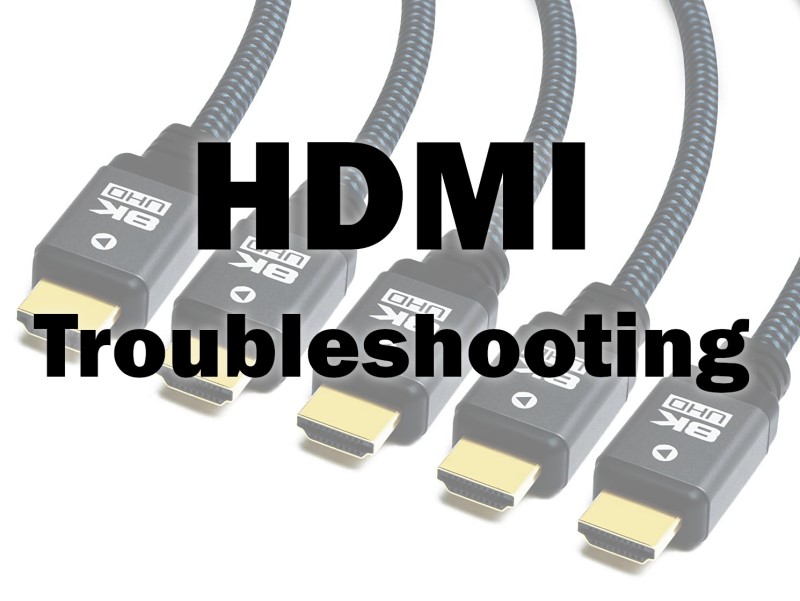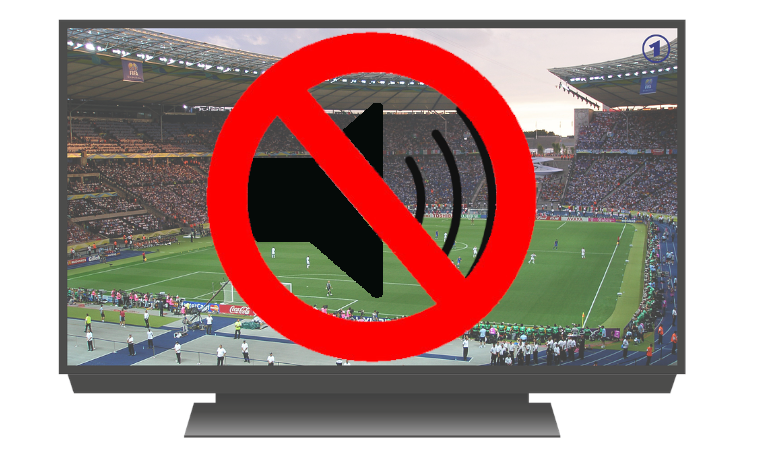Why Did You Lose Your On-Screen Display?
You just upgraded your display to the latest and greatest. After some fiddling, you got your settings just right and you are really happy with your purchase. One night, you pop in a UltraHD disc and notice something strange. You’ve lost your on-screen volume display! You don’t get it. It is there with all your other sources. Why did you lose your on-screen display with your movies? Let’s discuss!
Does This Sound Like Your Setup?
Your TV may be new, but your AV receiver is a little older. Not so old that it shouldn’t work, but old enough that you had to double check. According to your research, your AV receiver should be able to pass through all the features you care about. You may have run into some problems with HDMI cables that you fixed by upgrading them. You aren’t a big gamer so all the high framerate and latency modes that give everyone else problems don’t apply to you. Your system just need to be able to pass 4k HDR at 60Hz. Even HDMI 1.4 should be able to do that. You thought everything was working until you noticed your lack of on-screen display with your UHD discs. What happened?

Bandwidth is the Problem
We’ve run into this problem with many systems. UltraHD Blu-ray discs send out the maximum amount of data in your system. While HDR and 4k are working just fine while streaming, UHD discs are a different animal. They are pushing your aging AV receiver to its limits. Yes, on paper your gear should all be able to pass the signal. But “should” and “can” are very different.
Generally speaking, if you are losing some features (like your on-screen display) when watching movies, it is because you have run out of HDMI bandwidth. In our above example, we are placing the blame on the AV receiver. This is often the case. Upgrading your display will allow your other gear to push much more data through your system. AV receivers are expensive to upgrade so they tend to lag behind displays. That said, if you haven’t upgraded your HDMI cables, then try that first. They can also be the cause of bandwidth limitations.
Solutions
The real solution is to upgrade all your components until you no longer have the issue. That, unfortunately, is not possible for most people. At least not in the short term. The recent expenditure on the upgraded display usually precludes dropping a bunch of money on an AV receiver. HDMI cables are inexpensive enough that one can usually upgrade them. But if new HDMI cables don’t fix the problem, what can you do?
The easiest solution is to simply live with the loss of your on-screen display information. It is only when you are watching UHD discs. If you must have your on-screen display, then you have to dial back the features in some way to reduce the bandwidth requirements. For gaming, reducing the framerate is the best place to start. If you are gaming at 120Hz, cutting it back to 60Hz may be all you need to do. For other content, look for the chroma sub-sampling setting. The max (which takes up the most bandwidth) is 4:4:4. Reducing it to 4:2:0 can save a lot of bandwidth (reduces color information by 75%) without altering the image you see. Otherwise, you will have to reduce the resolution from 4k down to 1080p (watching the Blu-ray version instead of the UltraHD Blu-ray).


